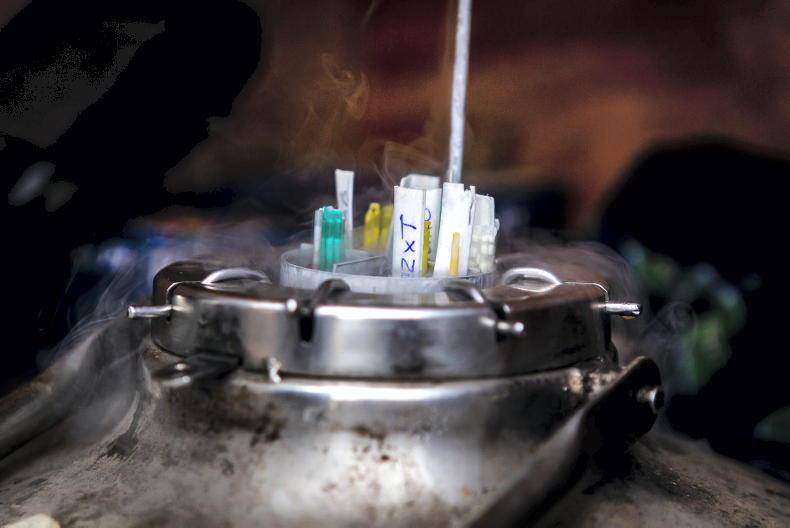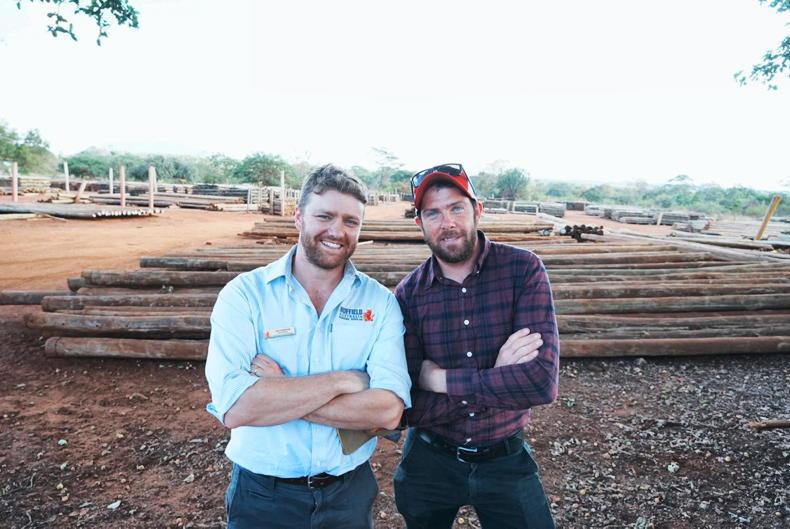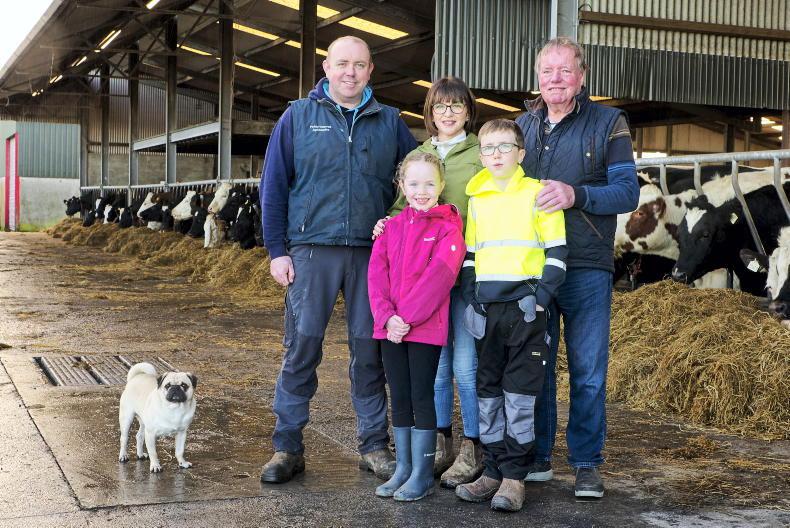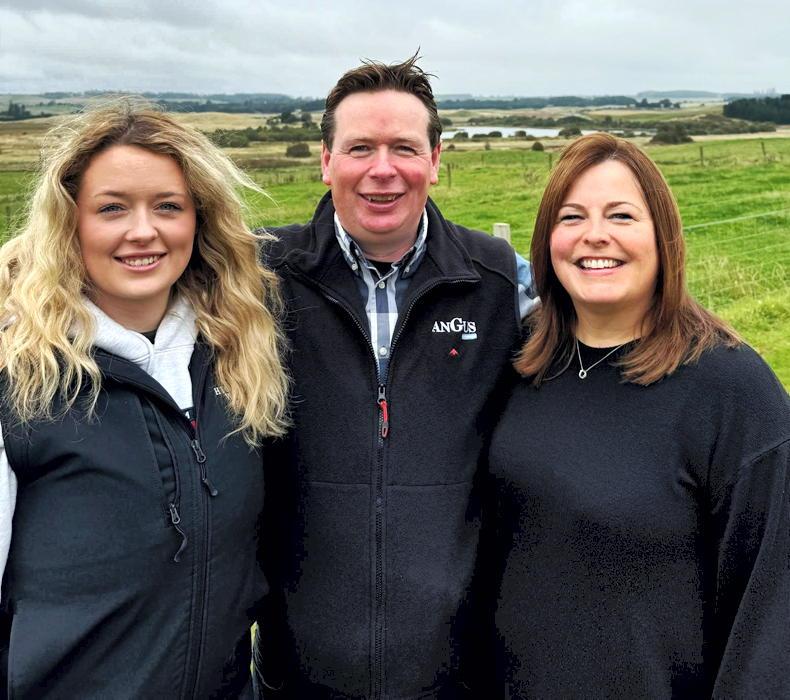For beef and dairy farmers using artificial insemination (AI), breeding is by far and away the busiest and oftentimes the most stressful season on the farm.
In the main, cows will calve themselves, but they won’t get themselves in calf to a top AI bull and therein lies the challenge.
OK, the traditional stock bull has been the solution to a lot of these problems in the past but I think he’s now on borrowed time.
Looking at the ICBF data for both beef and dairy herds, the performance increase from AI is unquestionable.
On top of this, genetics will be playing an important role in the reduction of greenhouse gas emissions from livestock farms, so it’s never been as important to use the best genetics available.
Adam Woods outlines the top bulls in the dairy beef index.
This index is for dairy farmers looking to use the best AI beef bulls on their dairy herd to breed better-quality calves.
Calving sub-index
The key point from Adam is that a high DBI on its own won’t breed better beef and farmers should be looking into the index to ensure that bulls with high beef merits are being used and that it’s not all coming from calving sub-index.
We take a look at synchronisation programmes for cows and heifers with some new data on sexed semen and fixed-time AI being released from Teagasc.

Fixed-time AI and sexed semen is an expensive exercise, so it’s important that it’s done correctly.
New protocols
Even at 59% conception rate with the new protocols, it’s a low enough hit so farmers should be aware of this.
The traditional synchronisation programme of watching for seven days and giving PG to the remainder still works well.
The key thing is to ensure that heifers are at target weight at mating.










SHARING OPTIONS